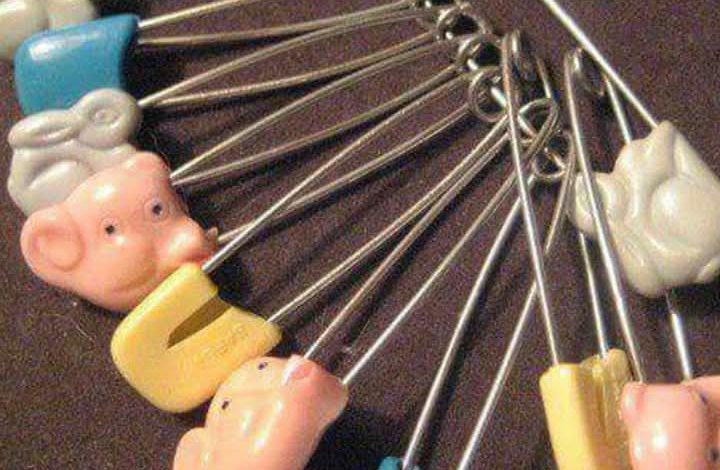A Blast from the Past: The Enduring Appeal of Vintage Baby Safety Pins

ADVERTISEMENT
A Blast from the Past: The Enduring Appeal of Vintage Baby Safety Pins
Introduction
In an era dominated by disposable diapers and modern baby care products, the sight of vintage baby safety pins can evoke a sense of nostalgia and wonder. These simple yet functional devices have been used for generations to secure diapers, blankets, and other baby items. This essay will explore the history, design, and cultural significance of vintage baby safety pins, examining their enduring appeal and the role they have played in child care.
A Brief History
The exact origins of the safety pin are somewhat obscure, but it is believed that they were first developed in the 19th century. Early safety pins were made of metal and had a simple, utilitarian design. As the popularity of safety pins grew, manufacturers began to experiment with different materials and designs, creating more decorative and functional pins. By the early 20th century, safety pins had become a staple in every nursery.
ADVERTISEMENT
Design and Function
Vintage baby safety pins are characterized by their simple yet effective design. They typically consist of a coiled metal spring, a pointed end, and a guard to prevent the pin from piercing too deeply. The heads of these pins were often decorated with colorful enamel or plastic and featured various designs, such as animals, letters, or geometric shapes. These decorative elements added a touch of whimsy to an otherwise practical item.
Cultural Significance
Baby safety pins have held a significant place in popular culture. They have been featured in countless advertisements, movies, and television shows, often as a symbol of motherhood and childhood. In addition, safety pins have been used in various forms of protest and activism, serving as a reminder of the fragility of life and the importance of protecting children.
The Decline and Resurgence
ADVERTISEMENT
With the advent of disposable diapers and other modern baby care products, the use of cloth diapers and safety pins declined significantly in the mid-20th century. However, in recent years, there has been a resurgence of interest in cloth diapering and vintage baby products. This renewed interest has led to a revival of the safety pin, with many modern manufacturers offering stylish and functional versions of this classic item.
The Allure of Nostalgia
The enduring appeal of vintage baby safety pins can be attributed to several factors. First, they represent a simpler time, when child-rearing was often more hands-on. Second, they are associated with positive memories and emotions, such as the love and care that parents provide for their children. Finally, vintage safety pins offer a unique aesthetic that appeals to collectors and those who appreciate vintage design.
Conclusion Vintage baby safety pins are more than just functional objects; they are cultural artifacts that reflect the changing attitudes towards child care and parenting. While they may no longer be as widely used as they once were, these simple devices continue to hold a special place in the hearts of many. Whether you are a collector, a parent, or simply someone who appreciates vintage design, there is no doubt that vintage baby safety pins offer a fascinating glimpse into the past.
Would you like me to add anything else, such as specific brands or models?
ADVERTISEMENT
Here are some additional ideas for expanding on this topic:
- The role of safety pins in popular culture: Explore how safety pins have been used in movies, television shows, and advertising campaigns.
- The environmental impact of disposable diapers and the resurgence of cloth diapering: Discuss the environmental benefits of using cloth diapers and the role of safety pins in this practice.
- The future of baby safety pins: Explore how technology may be used to improve the design and functionality of safety pins.
Please let me know if you’d like me to explore any of these ideas further.




